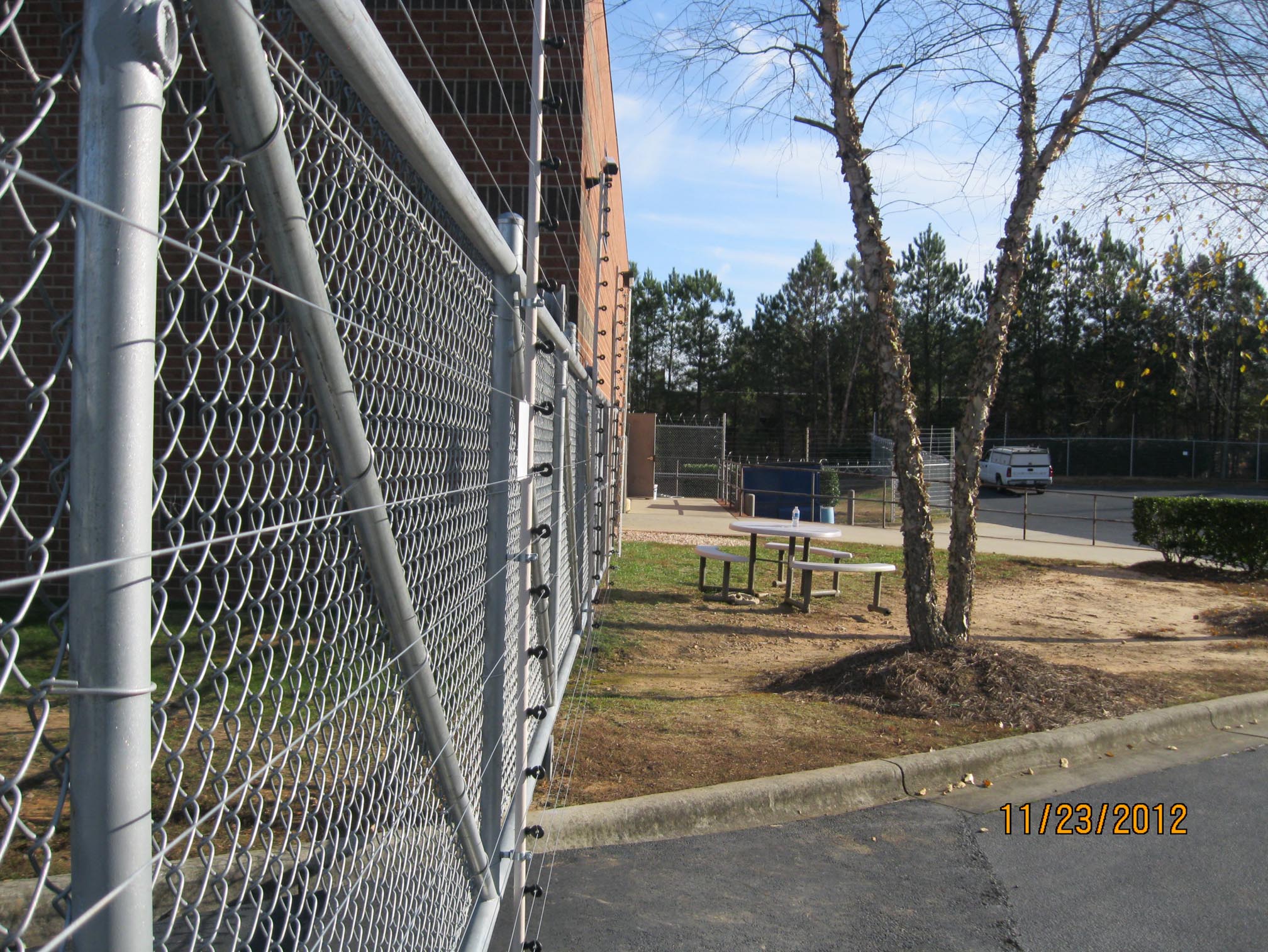Build Your Own Fence at Home: A Simple Guide
페이지 정보

본문
If you're a beginner looking to create your own handmade fence, you've come to the right place. Installing a fence may seem like a daunting task, but with the right tools and a bit of patience, you can achieve attractive results in no time. In this article, we'll guide you through the process of building a DIY fence, covering the basics of fence company college station tx types, equipment and supplies, and essential tools.
Before you begin, consider your purpose for installing a fence. Are you looking to create a private outdoor space? Knowing your motivations will help you decide on the type of fence that's best suited for your needs. Here are some common types of fences to consider:

Before you begin, consider your purpose for installing a fence. Are you looking to create a private outdoor space? Knowing your motivations will help you decide on the type of fence that's best suited for your needs. Here are some common types of fences to consider:
- Picket fences: These classic fences are made up of vertical pickets attached to a horizontal rail. They're popular for residential areas and add a touch of class to your outdoor space.
- Wire mesh fences: Chain link fences are made of wire mesh and are commonly used for commercial purposes. They're quick to put up and provide good visibility.
- Wooden fences: Wooden fences come in various styles, including post-and-rail fences. They're a in demand choice for homeowners who want to add a rustic touch to their yard.
- Low-maintenance fences: Vinyl fences are made from durable plastic and are easy to care for. They come in various styles and colors, making them a adaptable choice for homeowners.
- Timber (depending on the type of fence)
- Digging tool
- Cement (for setting posts)
- Power drill
- Ruler
- Bubble level
- Protective goggles
- Tapping tool
- Fasteners
- Plan your fence design: Determine the dimensions of your fence based on the dimensions of your property. Make a drawing and consider factors such as sunlight, gradients, and nearby obstacles.
- Mark out your fence lines: Use boundary markers to mark out the perimeter of your fence. This will help you visualize your fence design and identify any areas that may require special attention.
- Dig post holes: Use a digging tool to create holes for your fence posts. For wooden fences, you'll need to dig holes about deeper. For plastic or other types of fences, the holes may need to be shallower.
- Set fence posts: Fill the holes with concrete and set your fence posts into place. Make sure to level the posts using your bubble level and a mallet.
- Attach the fence panels: Start with the first panel and attach it to the posts using fasteners. Make sure to level the panel as you attach it to ensure a even fence.
- Add additional panels: Continue adding panels to your fence, overlapping them by about half an inch. Make sure to stagger the joints to create a strong fence.
- Secure the panels: Once you've added all the panels, secure them to the posts using screws or nails.
- Add a finishing touch: Apply a sealant to your fence to protect it from the elements and enhance its appearance.
- Be precise to avoid mistakes during installation.
- Choose robust materials to ensure your fence lasts for generations to come.
- Wear protective gear to avoid accidents.
- Feel free to ask for advice if you're unsure about any part of the process.

- 이전글11 Strategies To Refresh Your Purebred German Shepherd Dog 25.04.23
- 다음글20 Things That Only The Most Devoted Leia Blue Macaw And Red Macaw Fans Know 25.04.23
댓글목록
등록된 댓글이 없습니다.

